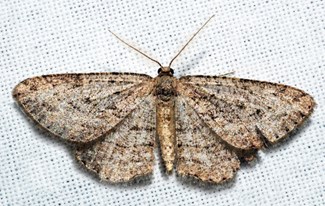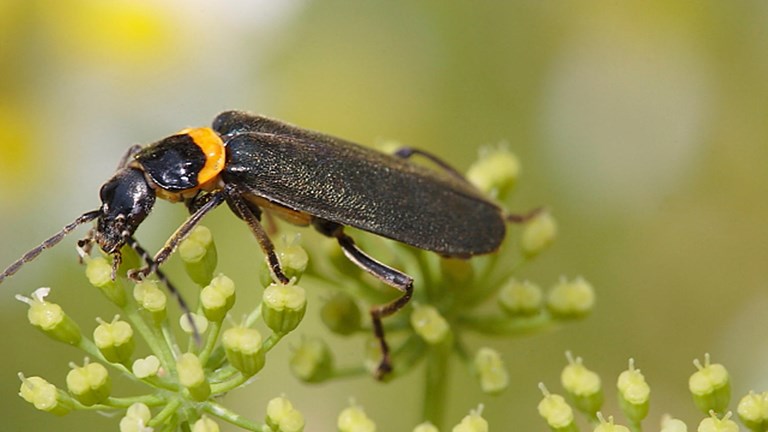Who are the moth hunters?
Meet the citizen scientists who are, literally, discovering new species in their backyards.
What if an animal unknown to science was waiting to be discovered in your backyard?
For retired nurse Cathy Powers, it’s not a hypothetical question, but a recent occurrence.
This was no single-celled amoeba either. The creature Cathy discovered can be seen with the naked eye. It flies and many people, if shown a picture of it, would consider it beautiful.
Cathy doesn’t live in some far flung corner of the globe. Her home is nestled into the foothills of the Brisbane Ranges, less than 100 kilometres west of Melbourne.
So how did the animal she discovered remain obscure until now?
For one, it is a creature of the dark. But also, there are so many thousands more species like it, fluttering around the night sky, unseen and undescribed.
Cathy’s creature is a moth, held by Museums Victoria, and awaiting a name and formal description.
There are more than 20,000 species like it in Australia and only around half have been scientifically described.
It is the thrill of discovering the other half that drives Cathy and a small community of backyard naturalists like her to explore the night, not only in their gardens but also deep into forests and high up mountains.
Though proud of her find, Cathy is quick to add that it was far from unprecedented.
'We know so little and there are thousands of moths not yet discovered,' she says.
In October 2019, the chase led her and fellow ‘mother’ Peter Marriott to spend a week in the desert. Below are just a few of their finds.
A retired teacher and former scout leader, Peter dedicated much of his decade-long presidency of the Entomological Society of Victoria to publishing a field guide to all the state’s moths.
In 2017 they published Volume 8—and the society is still thousands of species short of its goal.
'Some people get into birds,’ Peter says on the drive out through dunes and heath.
'But if you want to find a new species of bird you have to do something really esoteric like go out to seabird colony on an island in the middle of the ocean.
‘With mothing, you can do it in your backyard—and you're forever turning up something new.’
But, as with fishing, catching the quarry is only part of the attraction.
It's also about being present in a place, observing the changes in light, taking care not to trample its orchids and wildflowers, listening for the rustling of possums in the trees and the beating wings of bats and owls.
Mostly, its about immersing yourself into the night.























